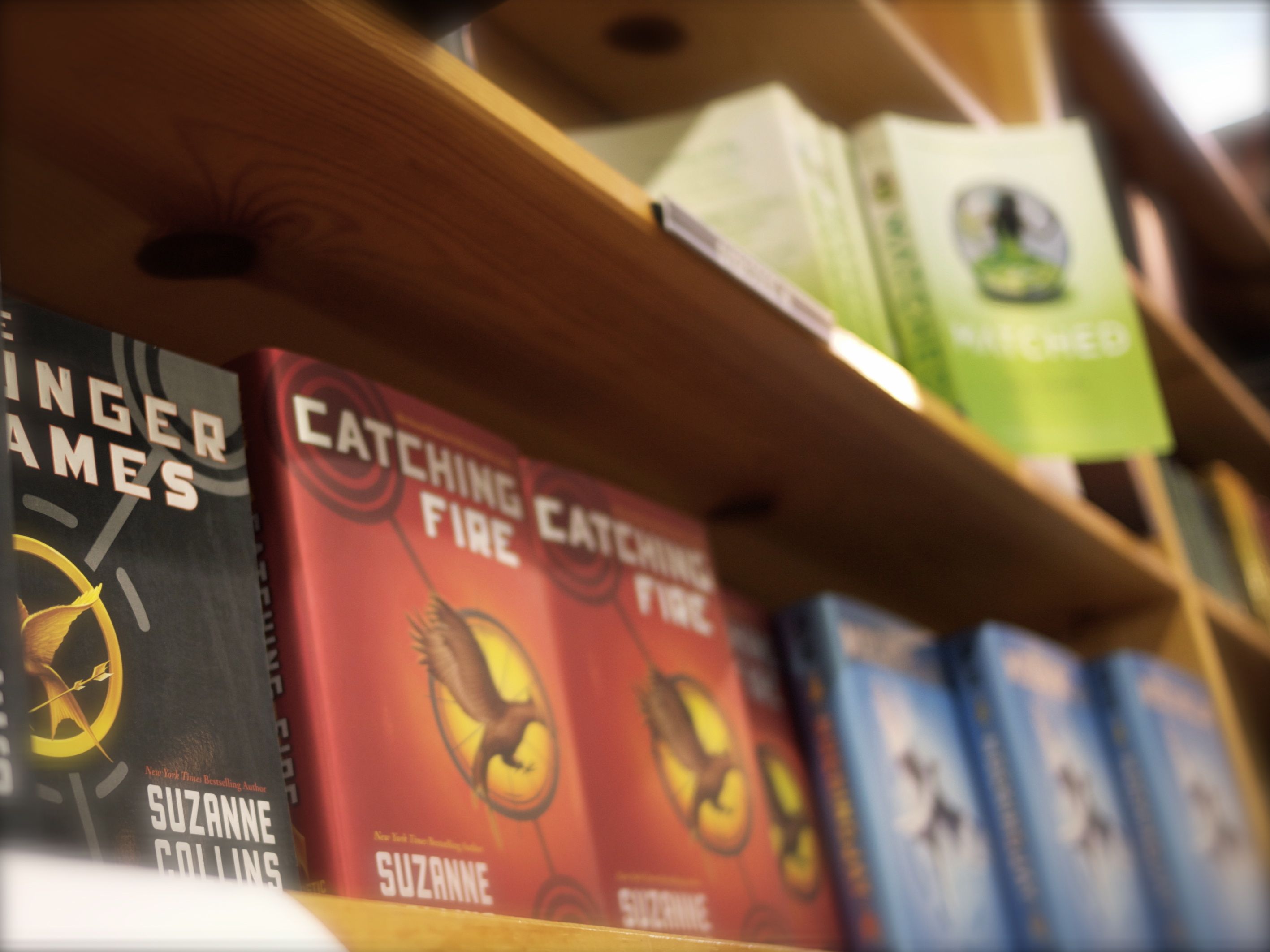Laura, Sandra and I headed up to Seattle on Saturday to check out the exhibits at the American Library Association's Midwinter Meeting.
This is a large conference and trade event for the library profession. I also saw a number of people with identification indicating that they were teachers or educators, authors, agents and, of course, bloggers (I didn't see as many as I expected, however--I suspect the smaller midwinter meeting doesn't attract as many people who travel just for exhibits). The Big Six publishers all have a presence, as do many of the smaller ones, such as Algonquin, Soho and a number of independents I wasn't familiar with. Notably missing was the Harlequin empire, which I understand only exhibits at the major ALA conference in the summer.
Here's a roundup of some observations from ALA--this is by no means exhaustive, as I was only able to spend a day and didn't attend any of the social activities. (Though we did get to hang out with Mindi for half a day, which is more awesome than any of the organized meet-ups.)
The vast majority of the books showcased were young adult and younger titles. We intentionally went on the "spotlight on adult fiction" day so we could see a diversity, but with the exception of some literary and women's fiction and a few key imprints or publishers, most were targeted at younger readers. I heard a number of librarians complain about this to exhibitors, which I though was interesting gossip. I was pretty disappointed that several publishers didn't even have their adult fiction catalogs available. I was also their wearing my educator hat, and was seeking non-fiction I could use in my communications classes, but only Wiley had much in the way of academic titles featured.
I was pretty shocked at how little romance was being promoted, since I know that it's the most popular genre and that libraries carry romance pretty heavily. I assume more of this is showcased to librarians at their larger annual meeting. Even in the YA exhibits, it definitely skewed toward the fantasy/science fiction/historical fantasy realm (fans of YA fantasy should be very, very happy this spring and summer) or Issue Books (eating disorders, cutting, incest).




